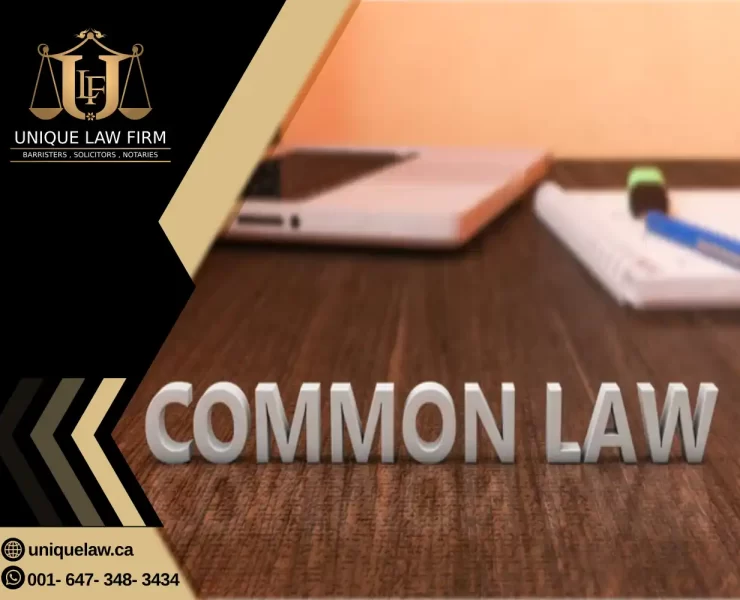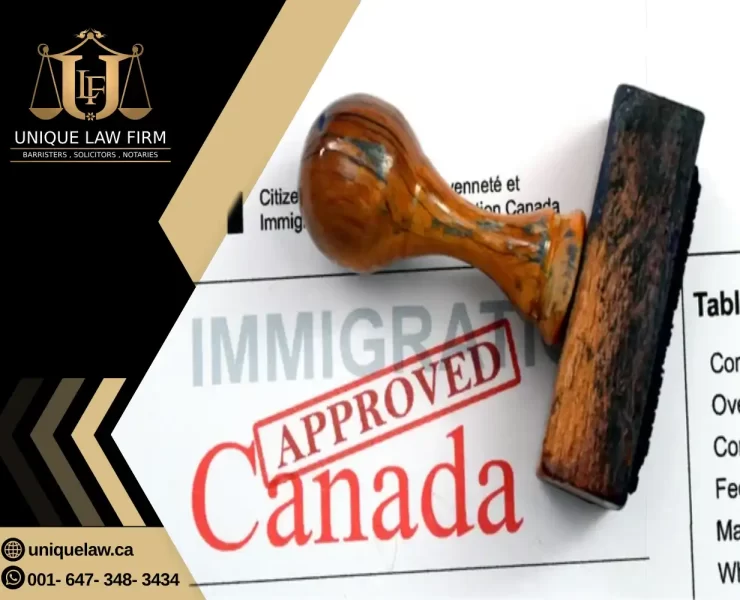Divorce Process in Ontario
Divorce is a legal process that dissolves a marriage, and in Ontario, it is governed by both federal and provincial laws. Understanding the steps involved in obtaining a divorce is crucial for anyone considering or going through the process.
Grounds for Divorce
In Ontario, the most common ground for divorce is separation for one year. This means that the spouses have lived apart for at least 12 months with the intention of ending the marriage. Separation can be physical, with the spouses living in different residences, or it can be within the same home if they are living separate lives (i.e., no longer sharing a bed, meals, or household responsibilities).
Other grounds for divorce, although less common, include adultery and cruelty. Adultery occurs when one spouse has engaged in a sexual relationship with someone outside the marriage, while cruelty refers to physical or mental abuse that makes it intolerable to continue living together.
Filing for Divorce
The divorce process begins with the filing of a divorce application. This application can be either a joint application, where both spouses agree to the divorce and its terms, or an individual application, where only one spouse is seeking the divorce.
1. Filing the Application for Divorce:
The process begins when one or both spouses file an application for divorce at the local family court. This application can be either joint (filed together by both spouses) or sole (filed by one spouse). The application includes important details such as the grounds for divorce, any requests for child custody, child support, spousal support, and the division of property.
2.Serving the Application:
Once the application is filed, the applicant must serve a copy of the divorce application to the other spouse (the respondent). This step is crucial as it ensures that the respondent is officially notified of the divorce proceedings. The service of the application can be done through a process server, by mail, or in person, depending on the circumstances and the rules of the court.
3.Responding to the Application:
After receiving the divorce application, the respondent has a specific period to respond. The response can include agreement with the terms set out in the application or contesting certain issues such as child custody, support, or division of assets. If the respondent does not file a response within the stipulated time, the court may proceed with the divorce based on the applicant’s terms.
4.Negotiation and Settlement:
If there are contested issues such as custody or support, both parties are encouraged to negotiate and reach a settlement outside of court. Mediation or collaborative family law in Canada processes are often used to resolve disputes amicably. A settlement agreement reached through negotiation can be filed with the court for approval, making it legally binding.
5. Case Conference:
If a settlement is not reached, the next step is a case conference. This is an informal meeting between the judge, the parties, and their lawyers. The purpose of the case conference is to discuss the issues, explore the possibility of settlement, and plan the next steps in the litigation process. The judge may provide non-binding advice on how to resolve the disputes.
6.Trial:
If the case does not settle through negotiation or at the case conference, it may proceed to trial. During the trial, both parties present their evidence and arguments before a judge, who then makes decisions on all contested issues. This is the most formal and final step in the divorce process, and the judge’s ruling is legally binding.
7.Finalizing the Divorce:
Once all issues are resolved, either through settlement or a court ruling, the divorce can be finalized. The court will issue a Divorce Order, which legally dissolves the marriage. After a 31-day waiting period (appeal period), the Divorce Order becomes final, and both parties are officially divorced.
8.Obtaining the Certificate of Divorce:
After the divorce is finalized, either party can request a Certificate of Divorce from the court. This certificate is an official document that confirms the divorce is legally recognized and can be used for future purposes, such as remarrying or changing one’s legal status.
This detailed list outlines the steps involved in filing for divorce in Ontario, providing a clear path for individuals navigating this legal process.















